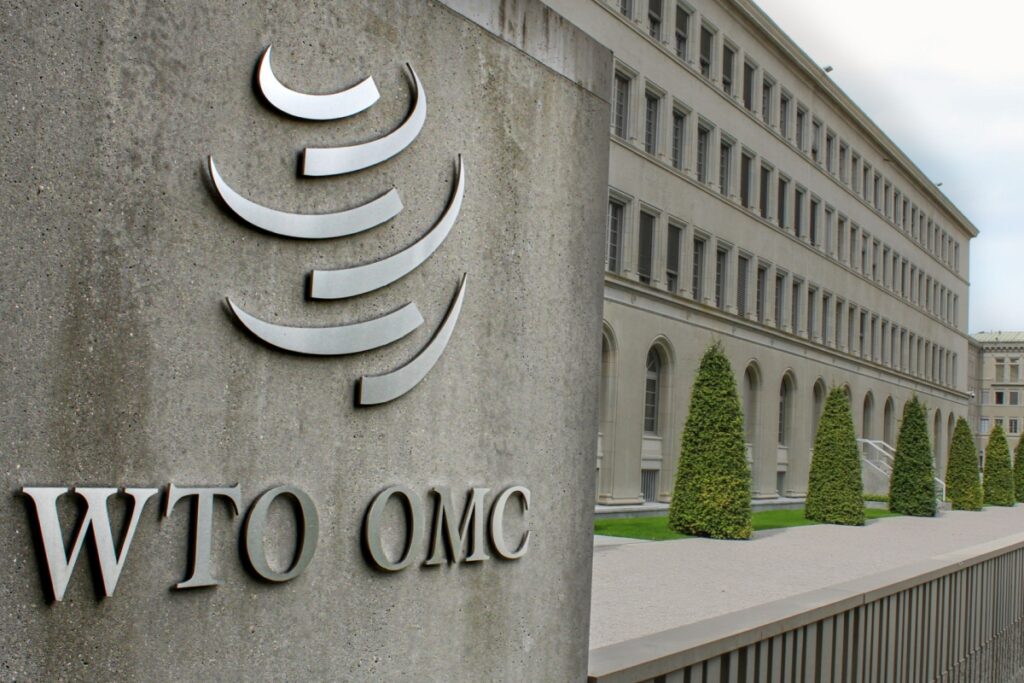In 2024, global trade in goods rebounded more forcefully than many analysts had anticipated, underpinned by surging demand in major economies and renewed investment in technology.
Reinforced Growth Across Global Merchandise Flows
The World Trade Organization (WTO) reports that merchandise trade value expanded by an estimated 3.4%, signaling a robust recovery across multiple sectors. This performance stood in contrast to more cautious forecasts issued earlier in the year.
Trade in goods formed one component of broader gains: world trade in goods plus services rose by 4% to about US $ 32.2 trillion, according to WTO statistics. Meanwhile, the share of services within global trade reached 27.2%, the highest since 2005.
The WTO’s 2024 World Trade Report emphasizes that gains in trade during recent decades have helped narrow income gaps among nations. Between 1995 and 2023, per capita income in low- and middle-income economies grew faster than in high-income ones, a phenomenon partly attributed to greater trade openness. The report also stresses that trade policy alone is insufficient to ensure equitable gains: strengthening domestic institutions, improving education and infrastructure, and reducing trade costs are essential complements.
However, the accumulation of trade restrictions remains a concern. As of mid-October 2024, the WTO estimated that import restrictions affecting roughly US $ 2,942 billion of trade were in force, representing 11.8% of world imports, a rise from 9.9% a year earlier.
Key Drivers of the Upswing
A pivotal driver of the rebound has been accelerated purchases of AI-related goods, including semiconductors, servers, and telecommunications equipment. These categories accounted for about 42% of merchandise trade growth in early 2025, despite constituting only about 15% of total trade.
In parallel, U.S. importers engaged in front-loading of orders amid expectations of tariff increases, boosting import volumes in the first half of 2025. This behavior contributed to an extraordinary 13.2% surge in North American imports in that period.
At the national level, U.S. import data for 2024 underscores the shift toward high-value inputs. Overall goods imports rose by US $ 187.1 billion, pushing the total to US $ 3,295.6 billion. Major import categories included capital goods, with components like computer accessories, semiconductors, and industrial machinery all registering substantial gains. Consumer goods also climbed, including pharmaceuticals (up US $ 43.6 billion).
Emerging markets and manufacturing hubs in Asia contributed strongly to the upswing, supplying crucial inputs and finished goods. Many exporters shifted focus toward higher-margin and more technology-intensive subsectors. In Europe, industrial exports rebounded, although headwinds from energy prices and regulatory constraints tempered pace. Latin America and Africa achieved modest gains, often constrained by infrastructure or logistics limitations.
Revised Forecasts and Emerging Risks
In light of strong momentum, the WTO sharply revised its forecast for 2025 merchandise trade growth upward to 2.4%, up from 0.9% in August, and even from an earlier expectation of decline. Previously, in April, the WTO had projected a contraction of 0.2% for the year.
By contrast, the outlook for 2026 was downgraded: the WTO now projects only 0.5% growth in goods trade, down sharply from the 1.8% forecasted earlier. This revision reflects concern that the stimulative effects of tariff anticipation and restocking will fade, and that trade tensions and policy uncertainty may weigh.
The WTO also expects services trade growth to moderate, projecting 4.6% expansion in 2025 and 4.4% in 2026, both lower than the 6.8% rate recorded in 2024.
Beyond economic variables, geopolitical tensions and shifting trade policies pose ongoing risks. The lingering stock of trade restrictions adds a structural drag. Tariff regimes and protectionist pressures, particularly in the context of evolving U.S. trade policy, may reverse gains. Meanwhile, imbalances across regions may intensify if advanced economies soften demand.
In this environment, countries that are integrated into advanced global supply chains, maintain innovation capacity, and invest in digital infrastructure may better sustain their trade performance. Continued reform of trade rules, improved regulatory coherence, and a careful approach to trade restrictions may shape the resilience of global trade.


